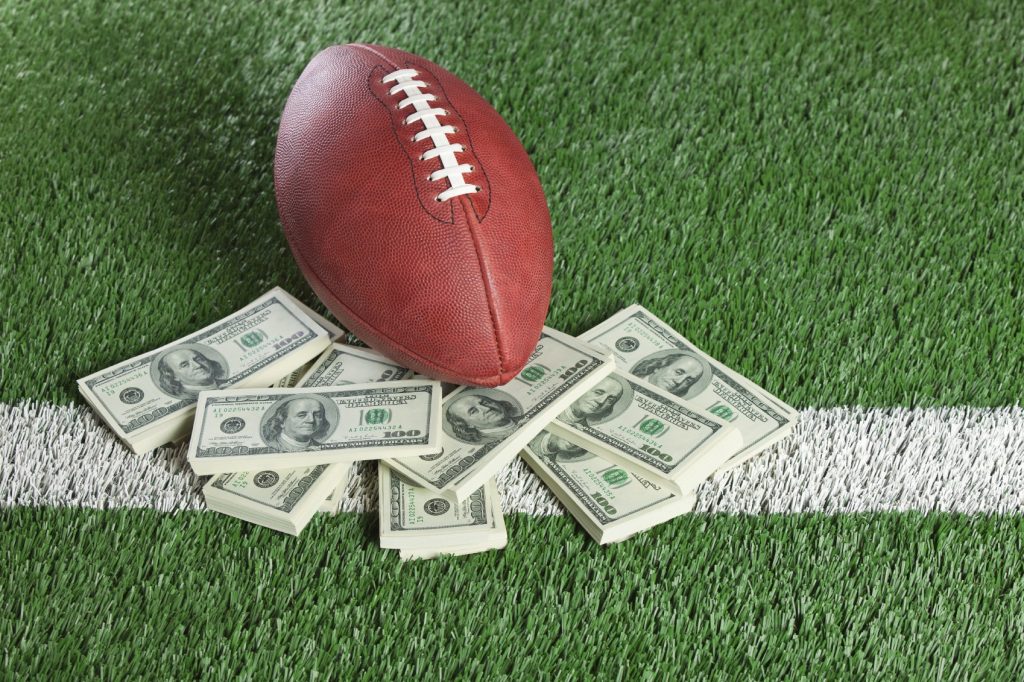You may see two sorts of individuals in everyday life: those who want to take chances and those who attempt to hedge their bets. So, in betting, there are certain players who like taking risks and gambling at high odds, but there is also a large army of bettors who put their bets with bookies that provide a safety net. Who is more correct: those who take chances or those who play it safe? Is it preferable to adhere to some form of golden mean?
These inquiries will be addressed farther down.
With Dangerous Bets, Everything Is Obvious, but What Is a Safety Net?

Let’s take a look at the Euro 2016 contest between Italy and Spain. Bookmakers predicted an Italian win with a coefficient of 4.60. What can an Italian-believing player do:
Take a chance and bet on the Italians to win (P1) with a coefficient of 4.60.
Avoid taking chances and put a wager at the bookmaker’s office with a safety net, opting not to lose Italy (1X) for 1.70-1.80. Even more careful players might pick F1(+1) for 1.30-1.35 if they are already very cautious. Such insurers are also worth discussing in the future.
Options 2 and 3 are insurance-backed wagers.
Bets are often placed depending on the player’s psychology. Many bettors find it difficult to pick dangerous alternatives; it is psychologically simpler for them to do so when there is at least some protection. In every instance, there is a significant disparity in the winning % for each choice. To remain in the black, risky bettors must win at least 30% of their wagers. The high value of the coefficients guarantees success. The winning rate for cautious players should be considerably greater, or to be more exact, twice as high – 60%.
Statistics
Only 75% of successful bets will put the super-cautious individuals in the black. It should be observed immediately away that 75% is a very high percentage. It is evident that the coefficient is not particularly high (1.30-1.35), but even for a professional, having such a high winning percentage is almost impossible; achieving 75 percent over a long distance is quite tough.
As a consequence, attempting to hedge aggressively results in a full loss over a long distance. Everyone should know their limits, therefore it’s best to play at bigger stakes and alternate hazardous bets with modest insurance.
When you only gamble on wagers with a modest safety net, it’s tough to stay in the black all the time, since 60 percent of your bets should win. And if you combine risk with insurance, the needed wins percentage drops below 50%, which is something that competent players can realistically attain. However, you must understand when and under what conditions each form of bet should be used.
In Practice, How Is This Accomplished?

There’s nothing difficult about it. Line loading, for example, plays a significant function here. What exactly is it and how do you utilize it? When a big number of bettors place their money on one team’s win in a particular match, the coefficient for that event eventually decreases. As a result of all of this, the probability of the other side winning increases dramatically.
High quotations usually indicate that outsiders will win, and the kefs are gaining ground on the favorites. Outsider betting fans keep a close eye on these similar match developments since the sort of bet relies on it (risky or with a safety net). When the chances of the favorite winning are not loaded, a riskier bet is usually used. The daring men don’t see the sense of using a safety net in this situation.

Recent Comments